#anaxyrus quercicus
Text
now i am just looking at pictures of frogs. they're so cute im going to cry
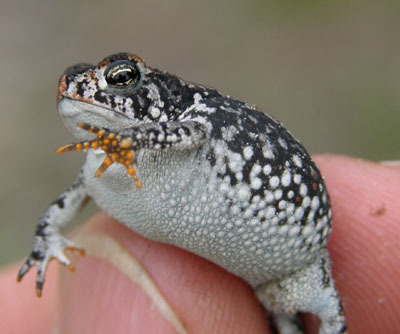
look at this guy (Anaxyrus quercicus)
he is so SMAL..........
11 notes
·
View notes
Text



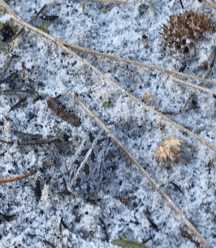
Oak toads (Anaxyrus quercicus)
the smallest (and cutest) toad species in North America, oak toads only reach about an inch in length at maturity. They live in open woodlands and scrub habitats with sandy soil along the coastal plain of the southeast US, where they feed mainly on ants and tend to be more day-active than other toad species.
The grayish coloration of these ones in Florida perfectly matched the patches of quartzite sand where they hopped around in broad daylight.
439 notes
·
View notes
Text
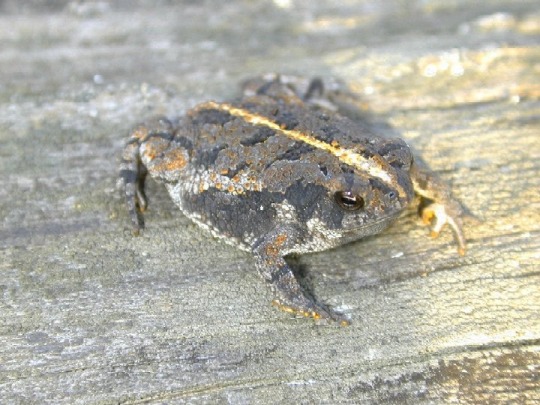
today’s funky frog of the day is: anaxyrus quercicus! commonly known as the oak toad, they are endemic to the southeastern united states, and they are the smallest species of toad in north america, with the maximum length being 33 millimeters. their natural habitat includes sandy pine flatwoods and oak scrub, open pine and pine-oak woods, pine or oak savanna with sandy soils, and maritime forests. they tend to eat small insects and other arthropods, but the adults have a strong preference for ants. they spend much of their time burrowed in the loose soil of their habitat, and they usually hibernate in these burrows throughout the winter. their average lifespan is around 2 years, although they have been reported to live up to 4. (@trailing-daisy)
127 notes
·
View notes
Photo

Oak Toad
Anaxyrus quercicus
Source: Here
#Anaxyrus quercicus#oak toad#toad#toads#amphibians#amphbian#animal#animals#nature#wildlife#cool#interesting
791 notes
·
View notes
Video
youtube
Who’s that squeaking in the grass? Why, it’s none other than the magnificent oak toad [Anaxyrus quercicus], a coastal plains native and the smallest toad species in North America. Though their size and camouflage makes them hard to find in most instances, these toads do gather from April to October to breed after warm, heavy rains.
146 notes
·
View notes
Photo
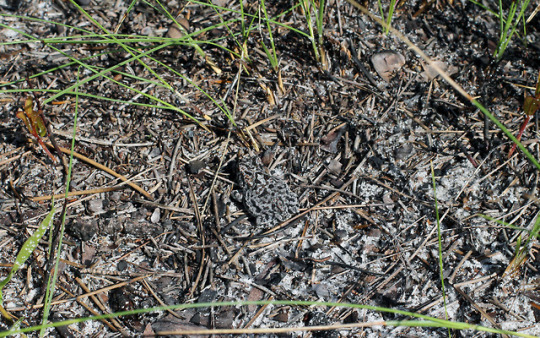
Can you spot the Oak Toad (Anaxyrus quercicus)?
Pine flatlands at the Jonathan Dickinson State Park, Hobe Sound, Florida
9 notes
·
View notes
Note
Hey there I wanted to ask a question about toads, There are a large number of toads that live around my apartment complex and I was wondering if it was ethical to catch one and keep it as a pet. If so what set up would you suggest as the proper habitat or enclosure for it. For reference I live in upper west Florida and the species native to the area are: Rhinella marina, Anaxyrus quercicus, Anaxyrus terretris, and Anaxyrus fowleri
Hello! I’m sorry it’s taken me so long to answer this ask; I’ve been thinking a lot about the best way to answer it. The short answer is: generally it’s not a good or ethical idea to take a reptile or amphibian out of the wild.
Here’s the longer and more complicated answer: I do think it is more ethical to take an animal from the wild yourself than to buy a wild caught animal from a pet store. Why? If you take an animal from the wild you are just taking one from that site (whereas commercial field collecting will take many, many animals from a specific site), you will take it straight home and put it into an enclosure (instead of packing it up in crowded, stressful conditions and shipping it to a store where it will likely sit in a less-than-optimal enclosure for awhile), and you are not supporting the large scale taking of animals from the wild. So if you are absolutely can’t-be-talked-out-of-it determined to own a species for which there are only wild caught animals available (often species that are so common it isn’t lucrative to captive breed them when wild caught ones are provided so cheaply) then I think it is better to catch one yourself. This should only ever be done with extremely, extremely common species or invasive/nonnative species so that your taking the animal won’t have a negative impact on the animal’s species or ecosystem.
Please be aware though that wild caught animals are often very stressed and can harbor parasites that may make them ill. Generally captive bred animals are much healthier and much more acclimated to humans; they usually make better pets. If this your first experience keeping amphibians then I really think starting with a captive-bred animal would be best.
Let me know if you have any further questions. :)
8 notes
·
View notes
Photo

Oak Toad, the smallest species of toad in North American.
(Anaxyrus quercicus)
Allen David Broussard Catfish Creek Preserve State Park, FL
#Oak Toad#toad#herping#wildlife#Anaxyrus quercicus#Allen David Broussard Catfish Creek Preserve State Park#Catfish Creek Preserve State Park#Florida#central florida
11 notes
·
View notes
Photo

The oak toad [Anaxyrus quercicus] is the smallest species of toad in North America, often growing to just .7 to 1.3 inches in length. These toads range from the southeastern United States into Florida, and are most commonly found in pine and maritime forests with sandy soil. Image by Mike Leffler.
634 notes
·
View notes
Photo
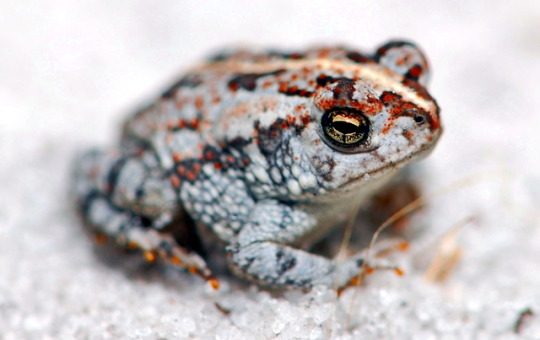
Oak Toad
Anaxyrus quercicus
Source: Here
1K notes
·
View notes
Photo
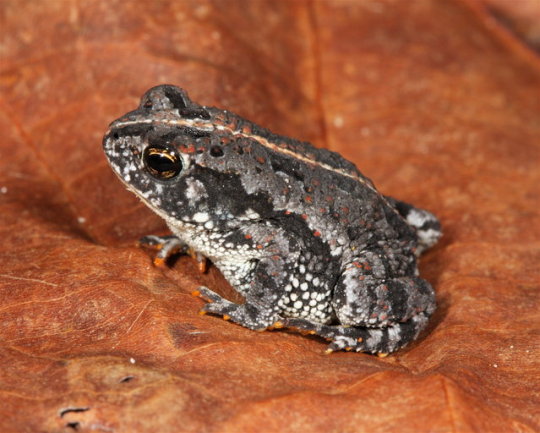

A beautifully patterned oak toad [Anaxyrus quercicus] photographed in Saminole County, Tennessee by photographer Matthew Niemiller.
749 notes
·
View notes
Video
youtube
Perhaps this male oak toad [Anaxyrus quercicus] has a sore throat, or maybe a physical defect. Whatever the cause, you can see that although he has the spirit, his call is just a little wheeze, and not the deafening chirp usually associated with his species.
93 notes
·
View notes
Photo


Oak toads [Anaxyrus quercicus] on the sandy shores of Polk County, Florida. The smallest species of toad in North America, this species often remains less than an inch long and has a diet consisting mostly of ants and other small prey. The sandy white coloring of the individual in the first image is undoubtedly natural selection at work. Like all frogs, some variation between members of the same species is normal, but the toad at the top is still unusually pale for it’s kind. Images by William Hull.
605 notes
·
View notes